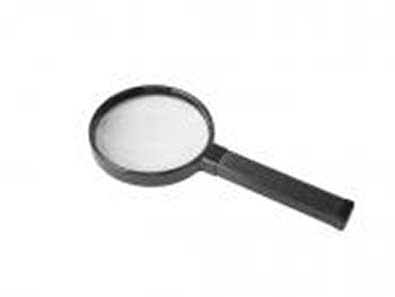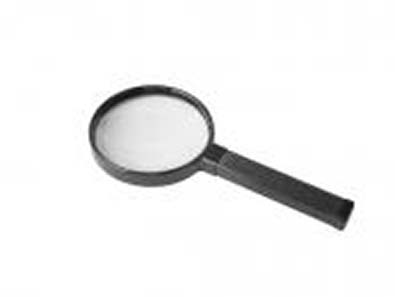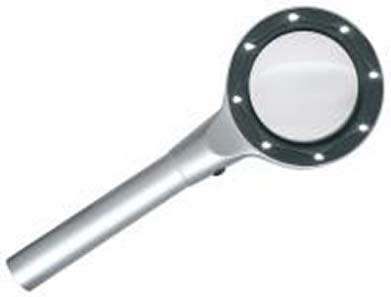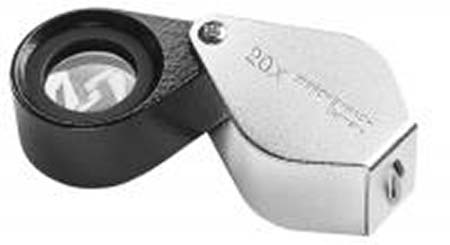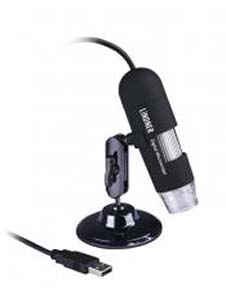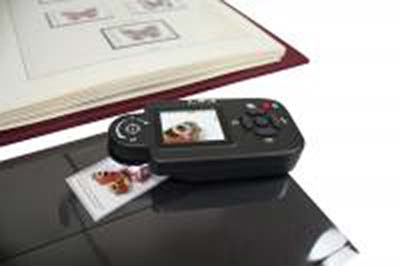The magnifier, a coin collector’s most important tool
December 9th, 2010 – How to recognize an experienced coin collector? Simple, he always has his magnifier on the ready! What else to recognize an experienced coin collector? Simpler still, he does not one single magnifier, but several, for each situation the appropriate one.
The best magnifier money can buy, that is the most important tool of a coin collector. Why? Simple, a magnifier helps us to closely examine a coin we intend to acquire. Every cent invested in a high-quality magnifier pays off since it prevents from mispurchasing.
It is, however, important to have the right magnifier for each situation since a wrong magnifier can lead to wrong decisions.
The first impression
When it is all about getting a first impression of a coin or taking one’s time and marvel at the beauty of one’s collection an ordinary hand magnifier will do the job best. According to the individual taste, one can choose between magnifications of 2:1 and 3:1.
For the desk at home where the light is good an ordinary hand magnifier is the best choice.
For the coin fair a magnifier with an incorporated lighting is advisable. How often is the lighting situation in the auction room somewhat less than perfect! A lighted magnifier makes the crucial difference here.
Some coin collectors favor magnifying glasses. By using them it is possible to quickly check a coin tray without having to pick up each piece.
The precise check
If it has to be minute a precision magnifier is essential. Only a precision magnifier reveals the fine details that are of the essence to tell genuine from counterfeit.
It is important, however, never to use a precision magnifier for determining the condition!
It hugely enlarges all minor weaknesses of a coin.
It is impossible for a precision magnifier to enlarge too much. The bigger the scale, the greater the certainty when it comes to buying a coin. Do not spoil the ship by a ha’porth of tar. Invest in the crème de la crème. The 1:20 scale readily discloses the small, inconspicuous cast holes of a cast counterfeit which are very easy to miss on a 1:10 scale. With precision magnifiers you get to know the make of coins: how are the letters cut or where does the luster remain the wear notwithstanding? Such information aids in detecting a counterfeit.
At home a microscope serves well. Be careful, however, since one has to know how to use a microscope. Not every small mark and not every corrosion disclose a counterfeit. The best thing is to look at many genuine coins under the miscroscope to start with. To know what a genuine coin looks like is the best basis to detect a forgery.
Entirely new are digital cameras with a zoom function designed to accommodate the needs of coin collectors. They show the magnification on the display and save it as a photograph.
Such a digital camera cannot replace a microscope since its lacks its performance ability (as yet). Nevertheless, the camera is an incredibly tool in the field.
We thank the company Lindner for providing the images.
If you like to find out more about detecting counterfeits please read the following articles:
Counterfeits from newly cut dies
Electrotypes
Transfer die forgeries






